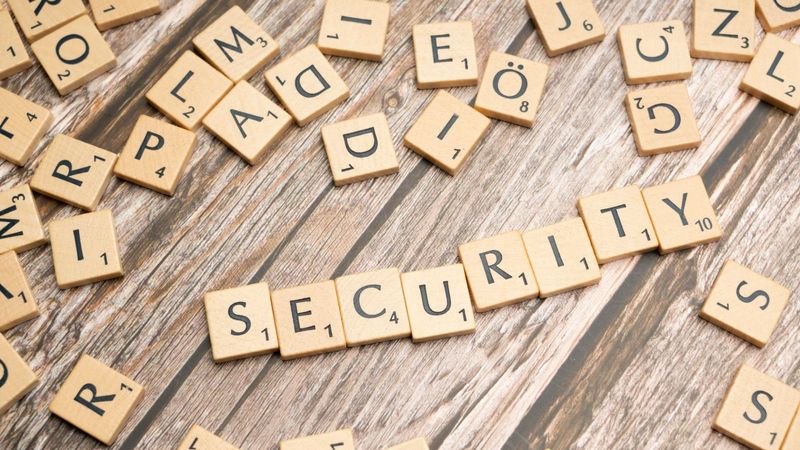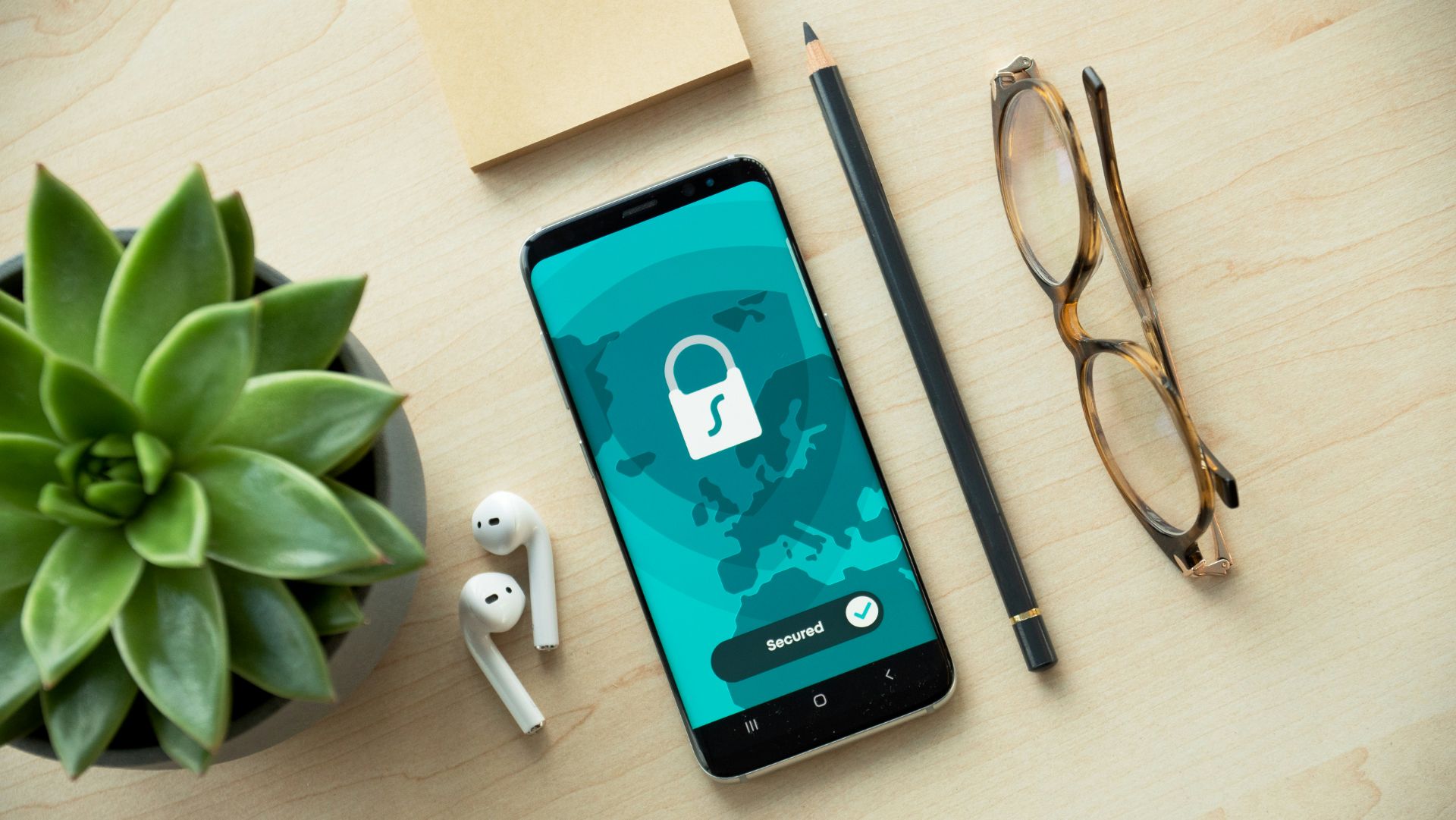
End-to-End Encryption in a Journal
Your digital journal is a personal sanctuary where your most private thoughts, biggest dreams, and most secret memories are stored. But have you ever considered how secure the door to this sanctuary is? Meet end-to-end encryption (E2EE), the most robust lock in the digital world, ensuring that every word you write remains yours and yours alone. This technology is like an invisible shield that protects your journal from prying eyes, and once you understand why it's so important, your perspective on digital privacy will change completely.
What is End-to-End Encryption (E2EE)?
End-to-end encryption, in its simplest definition, is the process of locking data (a message, photo, journal entry, etc.) from the "end" point where it is created (for example, your phone) until it reaches the "end" point where it will be read (for example, your computer). No one in between—including internet service providers, application developers, and even government agencies—can access this locked data. The data can only be read by the sender and the receiver. This is similar to putting a letter in an envelope and sealing it; only you and the recipient know the contents of the letter, not the postman or the post office.
How Does End-to-End Encryption Work?
At the core of this technology lies the Public and Private Key system, also known as "asymmetric cryptography." The process generally works as follows:
Key Generation: Every user has two mathematically linked keys that function as their digital identity: a Public Key and a Private Key.
Locking (Encryption): The public key, as its name suggests, can be shared with others. When someone wants to send you encrypted data, they use your public key to lock it. This key can only lock the data, it cannot unlock it.
Unlocking (Decryption): When the locked data reaches you, the only thing that can open this lock is the Private Key, which is stored only on your device and is never shared.
This way, since your data remains encrypted throughout its journey, it appears as a meaningless jumble of characters even if it is intercepted.

How Does This System Work in a Digital Journal?
When you use end-to-end encryption in a digital journal application, the process happens seamlessly in the background as follows:
The Moment of Writing: When you add a new entry to your journal, the moment you press the "Save" button, the text, photo, or voice recording is encrypted directly on your device (phone, tablet, or computer) with your private key.
Cloud Storage (Synchronization): This encrypted data is sent to the application's cloud servers. The data on the server is completely locked and unreadable. No one, including the application developers, can see the content of this data on their servers. They only see an encrypted data packet.
The Moment of Reading: When you want to access your journal from another one of your devices, the application retrieves the encrypted data from the server. This data is decrypted and becomes readable only thanks to your private key located on that specific device.
In short, the content of your journal is only in its "unlocked" state on the devices under your control. Everywhere else, especially on the internet and on servers, it is protected by a nearly unbreakable encryption.
Why is End-to-End Encryption Vital for Digital Journals?
Journaling is an extremely personal and private act. We put our worries, joys, secrets, and most vulnerable moments into words. The privacy of this information is not just a preference, but a necessity for our mental well-being.
Complete Privacy: End-to-end encryption guarantees that what you write belongs only to you. Even if the application company experiences a data breach, your journals remain safe because they are encrypted.
Protection Against Censorship and Surveillance: Knowing that your thoughts, beliefs, or experiences will not be read by anyone else gives you the power to express yourself freely.
A Safe Haven: A digital journal should offer the same sense of privacy as a physical notebook. End-to-end encryption builds the walls of this digital sanctuary and puts an unbreakable lock on its door. Thanks to this technology, no matter how complex the digital world becomes, your personal space remains private to you.